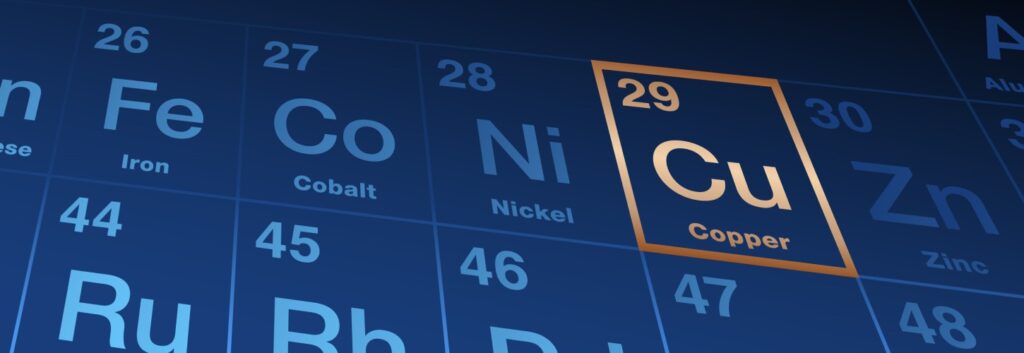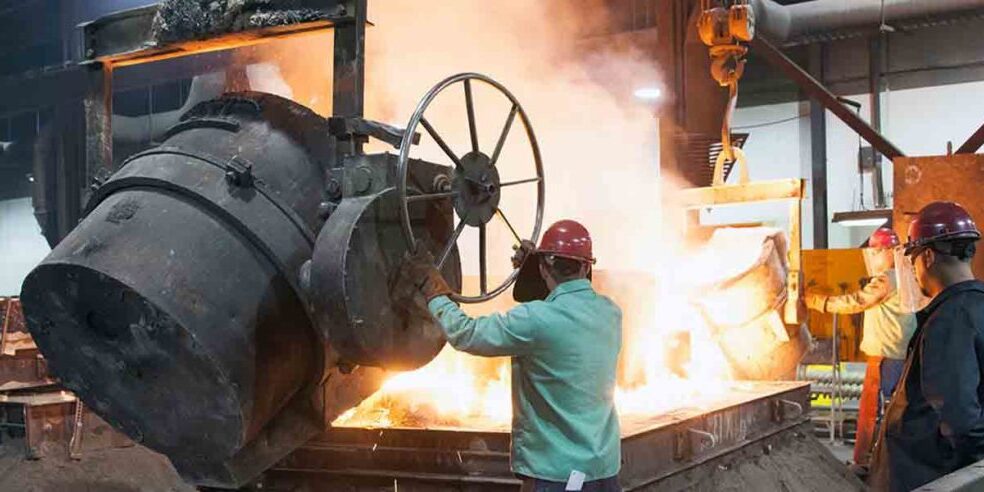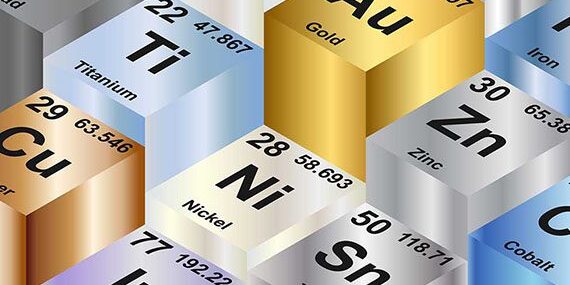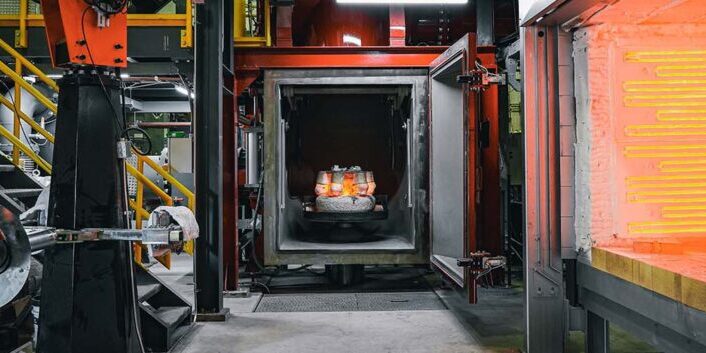Blog Copper’s Antimicrobial Properties
Copper has been a cornerstone of human construction and design for thousands of years. One of the signature characteristics of copper and copper alloys (bronze, brass, copper-nickel) is their antimicrobial abilities. This property has been utilized since ancient civilizations, even though it wasn’t fully understood why or how until the 19th century. Understanding why copper possesses such strong antimicrobial properties has led to many advances in health and safety in countless industries, especially the medical field.
A Brief History Of Copper
Copper is one of the earliest identified metals. Since Roman times, each age has continued to utilize copper and copper alloys in increasing capacities. Beginning with the Romans, they utilized copper for aqueducts and plumbing, a testament to its corrosion-resistant and sanitation qualities. By the Middle Ages, copper was in more copper vessels to store and purify water.
As the industrial revolution occurred in the 18th and 19th centuries, copper’s applications expanded further. It became essential in electrical wiring, telecommunications, and numerous industrial processes. Even with further advances in the uses of copper and copper alloys, the antimicrobial properties remain a focal point for use applications to this day.
The Science Behind Copper’s Antimicrobial Benefits
Thanks to continued research since the 19th century, we now understand how copper’s antimicrobial properties work. When copper encounters bacteria, viruses, or fungi, it initiates a series of biochemical reactions that destroy these pathogens. Copper antimicrobial properties operate in various highly technical ways.
- Release of Copper Ions: Copper ions (Cu²⁺) are released from the surface of the metal. These highly reactive ions interfere with various cellular processes in many bacteria organisms.
- Disruption of Microbial Cell Walls: Copper ions penetrate the cell walls of bacteria and other microorganisms, causing structural damage. This disruption impairs the microorganism’s ability to function and reproduce, thus killing shortly after contact.
- Oxidative Stress: Inside the cell, copper ions catalyze the formation of reactive oxygen species (ROS)—these ROS damage cellular components, including lipids, proteins, and DNA, leading to microbial death.
Modern science continues to confirm copper’s antimicrobial efficacy through various studies. Research shows that copper surfaces can significantly reduce microbial load in healthcare settings, where infection control is paramount. Hospitals often use copper touch surfaces—like door handles and bed rails. Over 80% of germ transfers come through indirect contact, such as doors, windows, table surfaces, etc. Implementing copper for joint touch surfaces allows germ transmissions to be dramatically reduced without further cleaning solutions.

Even the Environmental Protection Agency (EPA) has recognized copper as an antimicrobial material, listing it as effective against various pathogens, including E. coli, MRSA, and the novel coronavirus SARS-CoV-2. This endorsement continues to show the value of copper in enhancing hygiene and safety. A recent study from RMIT University has pushed the science further ahead on the efficacy of copper against bacteria. New copper alloys can now eliminate bacteria in just two minutes. The study was done in response to the rise of superbugs, and copper continues to jump to the forefront of materials in the fight.
Modern Applications And Beyond
In the 21st century, copper’s antimicrobial properties are leveraged in numerous industries. Beyond healthcare, copper is used in public spaces, food industries, transportation, and consumer products. From antimicrobial coatings on high-touch surfaces to copper-infused textiles, its benefits are harnessed to promote hygiene and prevent spreading infections. Copper also holds antimicrobial properties in cold and hot conditions, making it extraordinary in kitchen settings and more extreme environments. Additionally, copper’s antimicrobial abilities are not damaged by naturally occurring patina formation, scratches, or dents.
Common Applications of Copper and Copper-based Alloys:
• Pump & valve components
• Plumbing pipe & fittings
• Bushings & bearings
• Wear rings
• Gears
• Coins
• Handles
• Touch surfaces
• Electrical wiring
• Cooking pots/pans
• Architectural structures
• Heating and cooling coils
Copper also offers a sustainable solution. Its natural occurrence and recyclability make it an eco-friendly choice compared to synthetic antimicrobial agents. The push towards incorporating copper in various settings aligns with broader sustainability and public health goals. Further adding to its benefits are its long wearability and purity.
Copper’s journey from an ancient tool to a modern, versatile material in endless industries shows its enduring significance. Its antimicrobial properties, backed by scientific research, continue to boost the use cases for copper and countless copper alloys. As we continue to explore and utilize this remarkable element, copper’s role in promoting health and hygiene remains as vital today as it was thousands of years ago. Copper’s antimicrobial properties work around the clock and are sustained in the harshest environments – hot, cold, and between.
To learn more about the science behind copper’s antimicrobial benefits, check out the Copper Development Association and the National Library of Medicine.
Do you want to learn more about using copper-based alloys for your next metal casting project? Contact MetalTek today.



